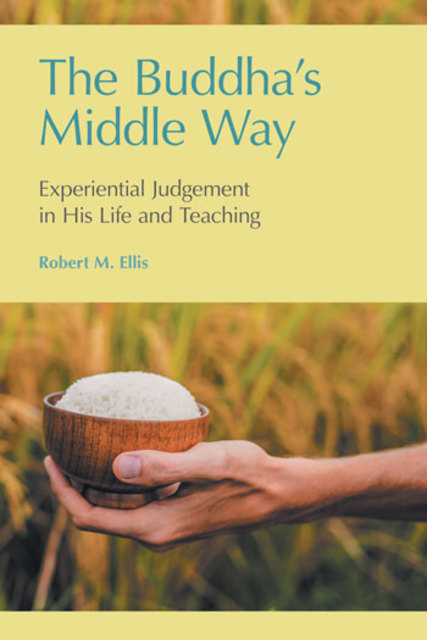Ellis/The Buddha's Middle Way, 2. The Middle Way in the Buddha’s Ministry

Full description
This section continues the pragmatic interpretation of stories of the Buddha’s life, focusing on selected aspects of his later approach that illustrate the application of the Middle Way. The Buddha’s decision to teach in his own right reflects the provisionality and incrementality of his Middle Way, avoiding any absolutisation in response to the huge difficulties in communicating it. His first address to others begins with the Middle Way, and it is argued that the Middle Way is needed to interpret the Four Noble Truths in the remainder. The Buddha’s mode of teaching through his career was consistent with his recognition of the autonomy of the individual, each of whom needed to find the Middle Way in their own experience rather than by merely accepting an abstraction. The Buddha’s response to political conflicts suggests a simple extension of the integrative practice he offers to individuals, and a recognition of a variety of ideological values without absolutisation of any of them. As he approaches death, the Buddha manages to strike a balance both in his response to imminent death, and in the degree of responsibility he tries to take for his legacy.
- typeImage
- created on
- file formatjpeg
- file size36 KB
- container titleThe Buddha’s Middle Way: Experiential Judgement in his Life and Teaching
- creatorRobert M. Ellis
- isbn9781781798218 (eBook)
- publisherEquinox Publishing Ltd.
- publisher placeSheffield, United Kingdom
- rightsEquinox Publishing Ltd.
- doi
We use cookies to analyze our traffic. Please decide if you are willing to accept cookies from our website. You can change this setting anytime in Privacy Settings.
